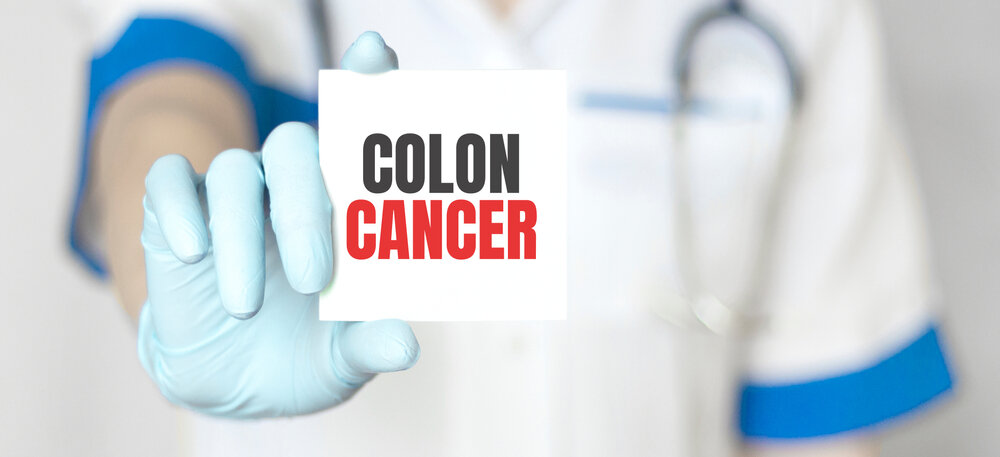Details of Colon Cancer Screening You Should Know
Colon cancer can easily be treated if diagnosed at an early stage. Colon cancer can be tested with different test methods, but the best is known as a colonoscopy. Have a conversation with your gastroenterologist if you want the form of screening.
The main screening method for the detection of colon cancer is colonoscopy. Evidence has shown that colonoscopy has been preferable to other examinations for colon cancer. A colonoscopy lets the doctor to see if the digestive tract is healthy over the whole length of your colon.
Flexible signmoidoscopy is a technique for inserting into the rectum a light tube (a sigmoidoscope) and for inspecting the lower colon (also known as the sigmoid). Since this method of screening only inspects the bottom colon, it is difficult to detect polyps and other malformations in the majority of the colon. You will need to plan a subsequent colonoscopy screening to check at the remainder of the colon if any polyps are detected in a sigmoidoidoscopy.
Several computerized tomography (CT) images are used for virtual colonoscopy in order to generate a precise image of your colons inside. While this examination is less invasive than a colonoscopy, no polyps in the colon can be removed. If polyps are found, it may be appropriate to perform a follow-up colonoscopy.
Fecal Occult Blood Test (FOBT) is a sample stool that detects blood. Stool blood can be a symptom of colorectal cancer, but cannot be confirmed. A subsequent colonoscopy may be required if blood is found in the stool.
Double Contrast Barium Enema (DCBE) is used to test the whole colon and rectum using a sequence of x-rays. Barium, a contrasting color, is positioned into an enema into your intestine, and then air needs to be added. The air and barium enable the rectum and colon to be tracked.
Screening is used for cancer screening before any symptoms or signs are apparent. Tests that can be used to scan a person for different cancer types before the signs or symptoms occur. The main cancer screening goals are:
Reducing the number of deaths or cancer deaths by people who suffer from disease
Reducing the number of disease developers by taking early care
Colorectal Cancer Screening Results
The daily inspection, which can detect polyps prior to being cancerous, will also prevent colorectal cancer. Speak to your doctor whether the test will start based on your age and family background. Anyone with an average risk will start screening at 50 years of age. However, with growing prevalence of colorectal cancer in young people, the American Cancer Society suggests that screening be started at age 45.
Since colorectal cancer typically doesn't cause symptoms until the disease is advanced, the pros and cons of the screening test and the frequency of each test is crucial for people to speak to their doctor.
You can book your schedule with Digestive Disease Specialist, INC if you are looking for a reliable place to go for colonoscopy screening in OKC.
**Disclaimer: This blog content does not offer a doctor's advice and creates no relationship between any patient and care provider.


